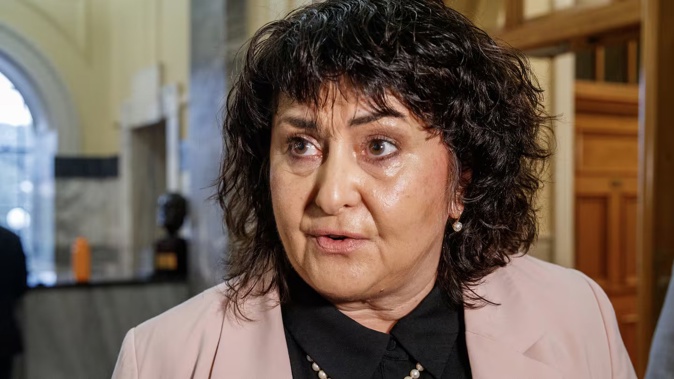
By RNZ
Public health experts have warned the 2025 Smokefree goal is in jeopardy if smoking rates continue to flatline.
The Annual Health Survey, released this week, showed daily and current smoking rates failed to decrease from the year prior for the first time in a decade.
Associate Health Minister Casey Costello said the Government was committed to the Smokefree 2025 goal, and a “final push” to get 80,000 people to quit smoking would build on what had worked to date and target the groups who most needed support.
But a “deep dive” by Public Health Communication Centre (PHCC) into the annual survey showed “unacceptable” inequities persisted, particularly among Māori and Pasifika, and in more deprived neighbourhoods (where tobacco product retailers were more likely to be concentrated).
The report’s writers say the findings demonstrate the Government’s Smokefree goal, commonly expressed as daily smoking prevalence falling below 5% for all population groups, is “very unlikely to be achieved ... unless there are dramatic falls in smoking prevalence among Māori, Pacific peoples, and people living in the most deprived areas”.

People gather near Auckland City Hospital to protest the Government's plan to repeal smokefree laws.
In 2023/24, daily smoking prevalence continued to trend downwards for both Māori (17.1% in 2022/23 to 14.7% in 2023/24) and Pasifika people (18.1% in 2021/22 to 12.3% in 2023/24).
But on current trends, neither would have a daily smoking prevalence of 5% or less by 2025, University of Otago professor of public health Richard Edwards, one of the report’s writers, said.
Edwards said although it was only one year of data, “at that rate” New Zealand was no longer on track to meet the Smokefree 2025 goal, and that was “desperately disappointing” after 13 years of working towards it.
- Health experts grill Casey Costello, throw doubt on Smokefree 2025 being achieved
- Chief Ombudsman criticises Minister Costello over withholding tobacco documents
- Casey Costello apologises to Parliament for 'confusion' on smoking tax advice
- Casey Costello defends herself against excise tax claim, rose it by 5.64% as Minister of Customs
- Associate Health Minister likely confused over conflicting tobacco tax comments- PM
He said the previous government’s plan to remove nicotine – through “denicotinising” cigarettes – and limit the number of outlets selling tobacco were “world-leading” and a missed chance.
In February, the coalition Government introduced the Smokefree Environments and Regulated Products Amendment Bill as part of its 100-day plan.
“It’s those measures that the Government has abandoned, and when they talk about a ‘final push’, I would say, ‘Well, you had every plan in place for that final push but you removed it’.”
Edwards, who is also co-chairman of tobacco control researchers’ group Aspire Aotearoa, said getting 80,000 people to quit smoking was a “big ask”. In most years, around 20,000 to 40,0000 people quit smoking.
But he said it might have been possible, with denicotinising likely to put huge numbers of people off cigarettes, as well as making a dent in black market tobacco sales.
Edwards said robust policy measures were needed or the goal might not be reached by 2027, and even longer for Māori and Pasifika populations.
“That would be not just disappointing, but really disastrous for future health, and the health of the population.”
Take your Radio, Podcasts and Music with you









